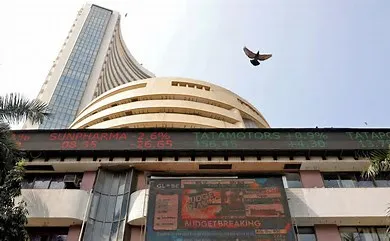The Reserve Bank of India (RBI) decided to hold the repo rate at 6.5%, as announced by Governor Shaktikanta Das on December 6, 2024. In a move to boost liquidity, the RBI also reduced the cash reserve ratio (CRR) by 50 basis points to 4%.
Inflation Challenges and Slowing Growth
India’s inflation reached 6.2% in October, surpassing the RBI’s tolerance limit. Simultaneously, GDP growth for the July-September quarter slowed to 5.4%. These indicators underscore the balancing act required to control inflation while supporting economic activity.
Governor Shaktikanta Das’s Future
This MPC meeting may be Governor Das’s last, as his term ends this month. While he received an extension in 2021 after his 2018 appointment, his future role remains uncertain.
Stock Market Response
The stock market showed a cautious response. The BSE Sensex rose 0.10% to 81,850.67, while the NSE Nifty climbed 0.07% to 24,725.45 by late morning. Markets appeared buoyed by the CRR reduction, which eased earlier losses.
Business Experts Applaud Liquidity Measures
K V Srinivasan, CEO of Profectus Capital, praised the CRR cut, saying it would enhance liquidity, particularly for businesses during the busy season. He noted that this measure would help the MSME sector improve working capital management and modernize operations.
Tackling Inflation with Stability
Anirudh Garg of Invasset PMS described the decision as a balanced approach to managing inflation and supporting growth. He highlighted the CRR cut’s potential to release ₹1.16 lakh crore into the banking system, which will benefit sectors like infrastructure and housing.
Positive Outlook for Investors
The RBI’s steady policy approach provides investors with confidence in India’s macroeconomic resilience. Experts suggest focusing on industries that will gain from consistent domestic demand and India’s long-term growth potential.














